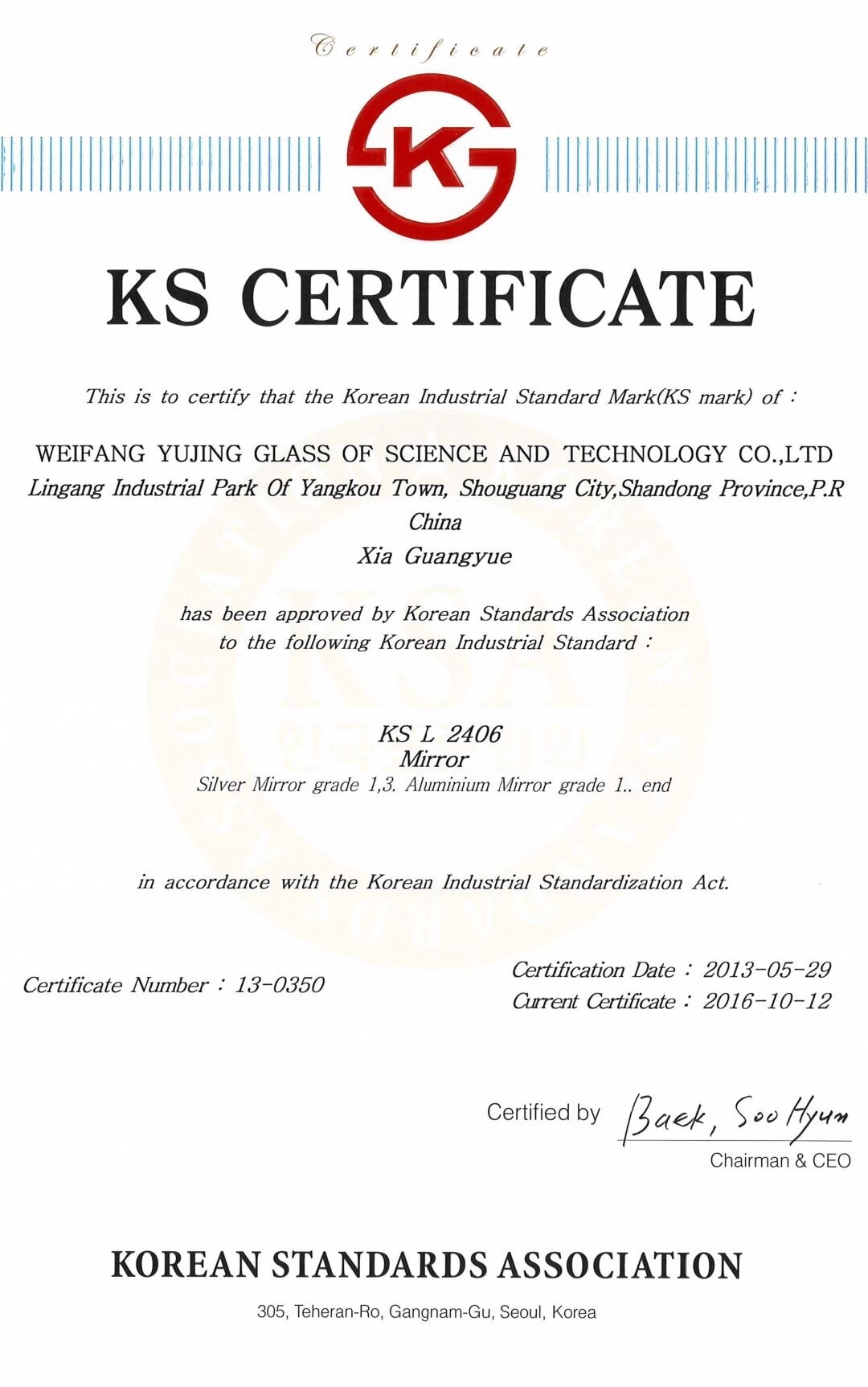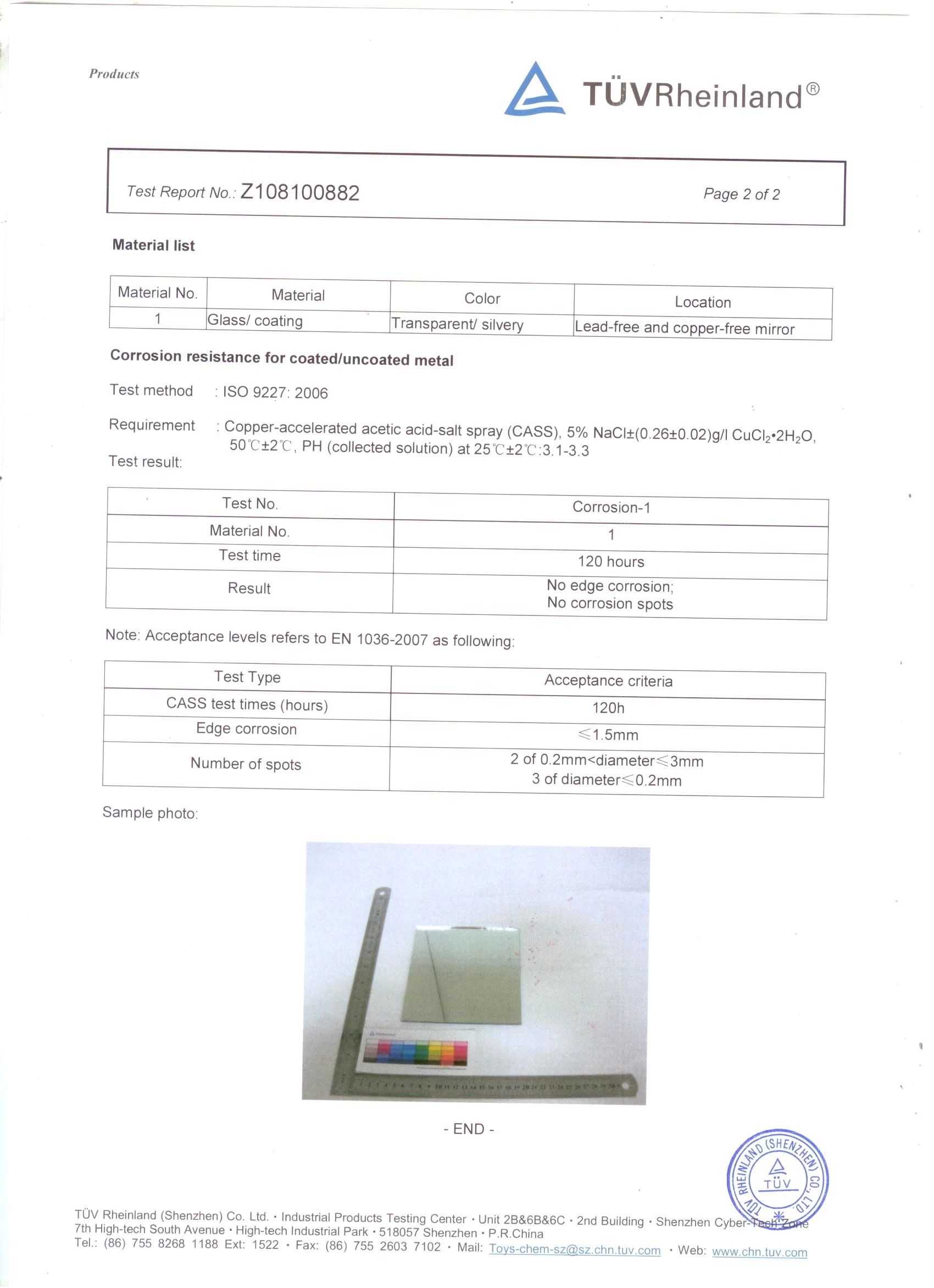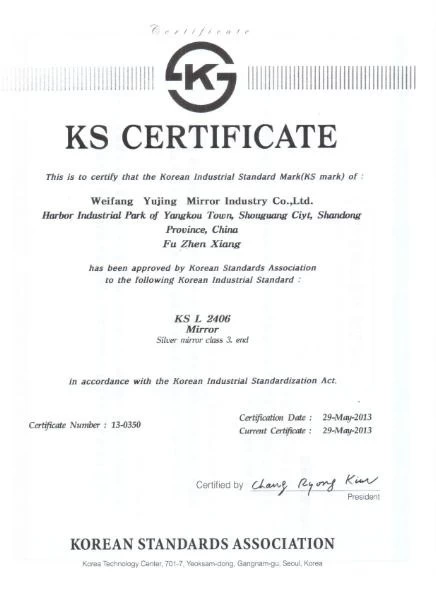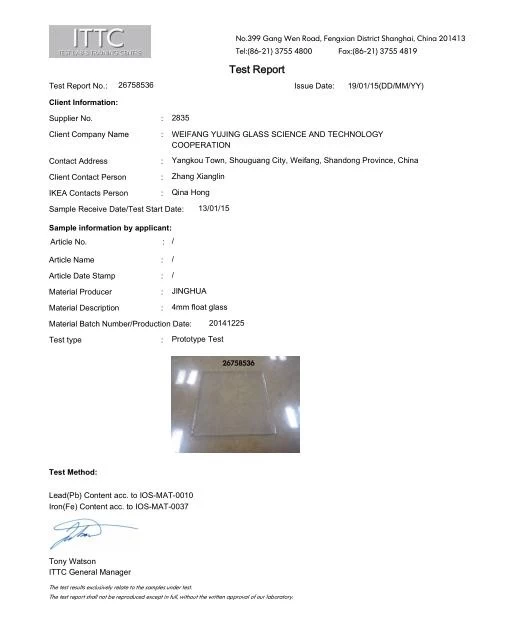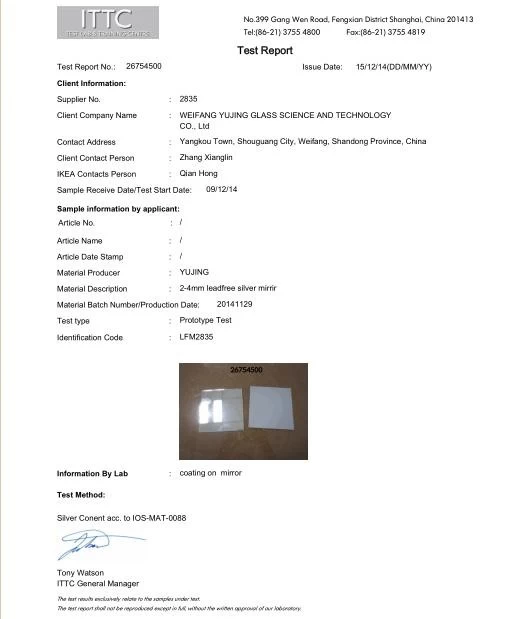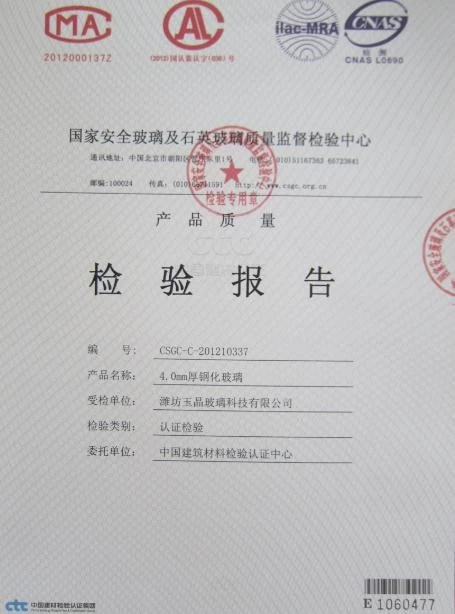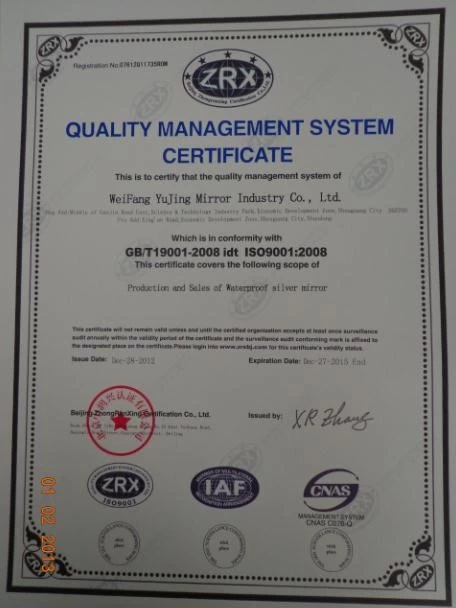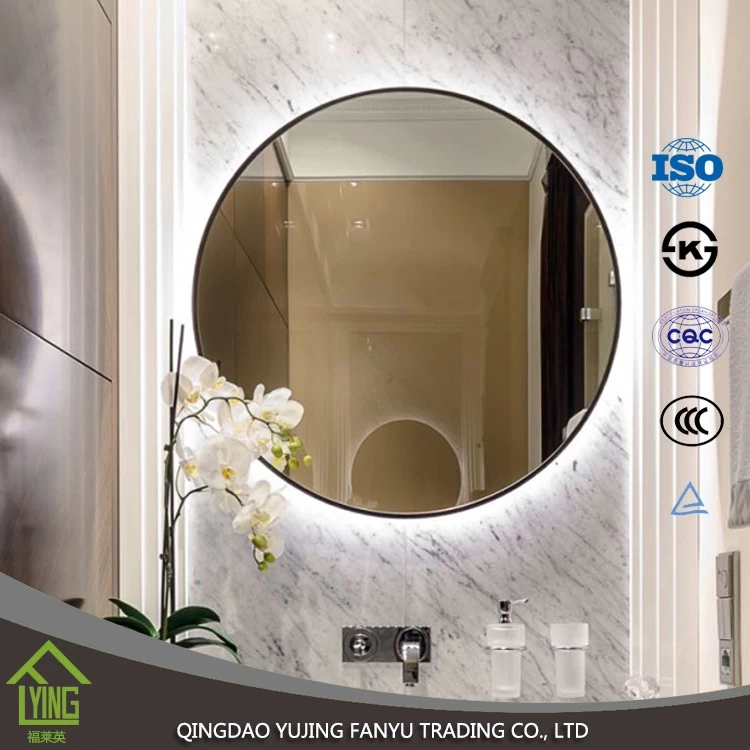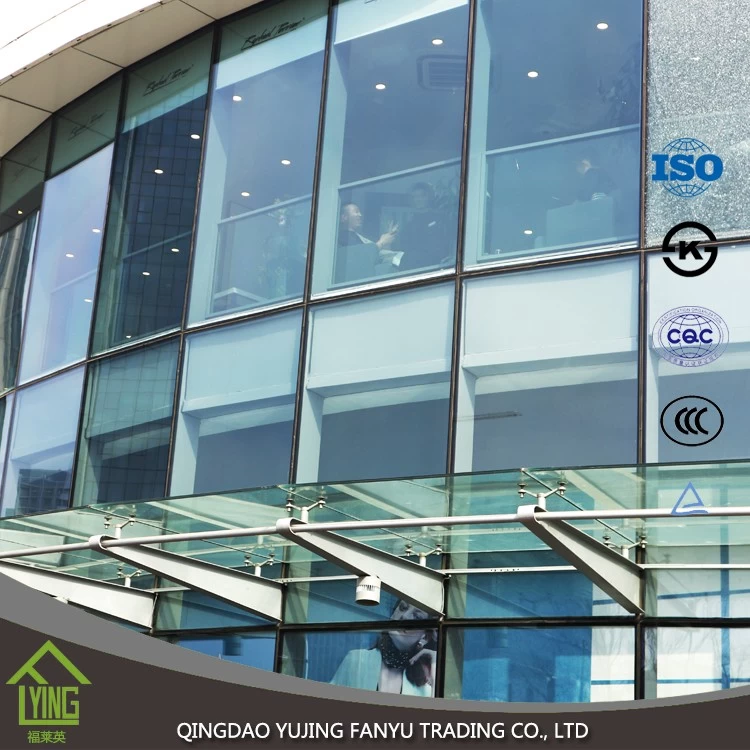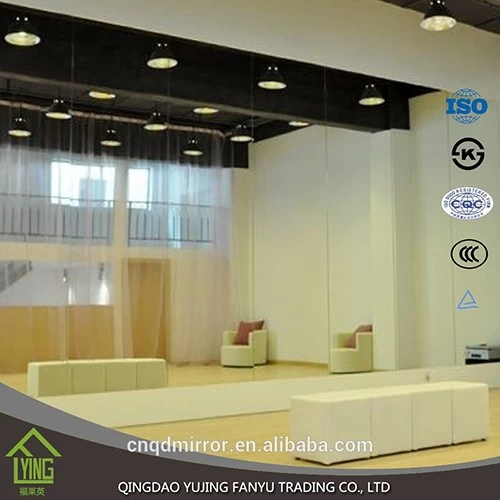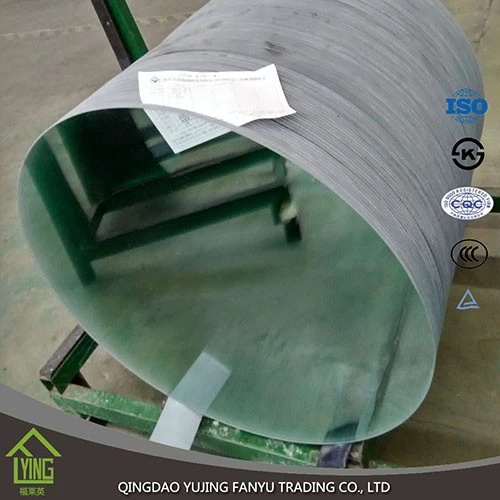Will the property market meet the consolidation period next year?
Fanyu
2017-12-06 14:12:12
5th, the Chinese Academy of Social Sciences released China's Housing Report (2017-2018) shows that 2018, the real estate market will usher in consolidation period, housing prices will continue to maintain a steady decline, the increase in sales of commercial housing will fall significantly, further decline in inventories.
It is noteworthy that the 2017 one or two-line hot city under severe regulatory measures, the housing market tends to freeze, a large number of real estate enterprises and investment needs were squeezed into the three or four-line city, speculative space again shifted. At the same time, both housing enterprises and personal capital leverage have risen significantly. Therefore, the future real estate market will face uncertainty, on the one hand, adhere to the regulatory measures to prevent retaliatory rebound, on the other hand, should be wary of housing enterprises financing hidden dangers and leverage risk.
Trends in most cities tend to stabilize
The report points out that the combination of restrictive policies and long-acting mechanisms has tended to stabilize prices in most cities.
Pengfei, director of the Center for Urban and Competitiveness at the Chinese Academy of Social Sciences, said the average price rise in residential sales since 2017 has remained below 4% per cent. Under the action of severe regulation, the overall property of the real estate has a rising trend, the one or two-line urban growth differentiation downward, three or four lines of urban differentiation.
Compared with the one or two line increase narrowing the trend of formation of a clear contrast, three or four-line city prices led the national rise. The National Bureau of Statistics shows that in September 2017, 70 large and medium-sized cities in the three-tier new commodity housing prices rose 7.4%, far higher than the first tier of city 0.5% and second-line city 5.6%.
Take October single month as an example, Big Data price index (year-on-year) shows that October 2017, 74 sample cities in Foshan, Jinan, Chengdu, Hangzhou, Qingdao, Guangzhou, Xi ' An, Changsha 8 cities, house prices rose more than 40% over the same period last year. Chongqing, Wuxi, Huizhou, Wuhan, Dongguan, Xiamen, Yantai 7 cities, the year-on-year rise in housing prices between 20%-40%. At the same time, Beijing, Tianjin, Hefei, Shanghai, respectively, fell 14.53%, 9.8%, 2.14%, 0.17%.
Pengfei said that while the overall risk of the housing market has declined, along with the apparent cooling of the hot city's housing market and the warming of the three or four-tier city, some risks remain and uncertainties need to be highly guarded from the point of view of the first-tier cities. "If the housing price income is too high, there is a certain risk of foam." ”
In particular, the first-tier city housing income ratio remains high. The data show that although the national average house price income ratio is only 7.5, the overall house price income is more stable, but from the first-tier city alone, its housing price income ratio is still as high as 31.3, of which, Beijing house price income ratio is as high as 41, ranking in all cities.
"Also beware of retaliatory rebound in house prices. Pengfei said that since the urbanization dividend did not end, the overall expectations have not changed, if the regulatory policy shift or change, may lead to a rebound.
Pengfei believes that the current one or two-line partial urban housing price increase is the result of administrative restrictive measures, not really by the market supply and demand mechanism, price mechanism, competition mechanism to play the role of self-regulation changes. Therefore, if late in the one or two-line city supply difficult to keep up with, land, taxation and other institutional policies have not been established in the context of regulation, if relaxed, early inhibition of housing prices too fast rise results will be short, by restrictive measures to suppress demand or opportunistic rekindle, so that one or two-line hot city housing prices appear retaliatory growth.

It is noteworthy that the 2017 one or two-line hot city under severe regulatory measures, the housing market tends to freeze, a large number of real estate enterprises and investment needs were squeezed into the three or four-line city, speculative space again shifted. At the same time, both housing enterprises and personal capital leverage have risen significantly. Therefore, the future real estate market will face uncertainty, on the one hand, adhere to the regulatory measures to prevent retaliatory rebound, on the other hand, should be wary of housing enterprises financing hidden dangers and leverage risk.
Trends in most cities tend to stabilize
The report points out that the combination of restrictive policies and long-acting mechanisms has tended to stabilize prices in most cities.
Pengfei, director of the Center for Urban and Competitiveness at the Chinese Academy of Social Sciences, said the average price rise in residential sales since 2017 has remained below 4% per cent. Under the action of severe regulation, the overall property of the real estate has a rising trend, the one or two-line urban growth differentiation downward, three or four lines of urban differentiation.
Compared with the one or two line increase narrowing the trend of formation of a clear contrast, three or four-line city prices led the national rise. The National Bureau of Statistics shows that in September 2017, 70 large and medium-sized cities in the three-tier new commodity housing prices rose 7.4%, far higher than the first tier of city 0.5% and second-line city 5.6%.
Take October single month as an example, Big Data price index (year-on-year) shows that October 2017, 74 sample cities in Foshan, Jinan, Chengdu, Hangzhou, Qingdao, Guangzhou, Xi ' An, Changsha 8 cities, house prices rose more than 40% over the same period last year. Chongqing, Wuxi, Huizhou, Wuhan, Dongguan, Xiamen, Yantai 7 cities, the year-on-year rise in housing prices between 20%-40%. At the same time, Beijing, Tianjin, Hefei, Shanghai, respectively, fell 14.53%, 9.8%, 2.14%, 0.17%.
Pengfei said that while the overall risk of the housing market has declined, along with the apparent cooling of the hot city's housing market and the warming of the three or four-tier city, some risks remain and uncertainties need to be highly guarded from the point of view of the first-tier cities. "If the housing price income is too high, there is a certain risk of foam." ”
In particular, the first-tier city housing income ratio remains high. The data show that although the national average house price income ratio is only 7.5, the overall house price income is more stable, but from the first-tier city alone, its housing price income ratio is still as high as 31.3, of which, Beijing house price income ratio is as high as 41, ranking in all cities.
"Also beware of retaliatory rebound in house prices. Pengfei said that since the urbanization dividend did not end, the overall expectations have not changed, if the regulatory policy shift or change, may lead to a rebound.
Pengfei believes that the current one or two-line partial urban housing price increase is the result of administrative restrictive measures, not really by the market supply and demand mechanism, price mechanism, competition mechanism to play the role of self-regulation changes. Therefore, if late in the one or two-line city supply difficult to keep up with, land, taxation and other institutional policies have not been established in the context of regulation, if relaxed, early inhibition of housing prices too fast rise results will be short, by restrictive measures to suppress demand or opportunistic rekindle, so that one or two-line hot city housing prices appear retaliatory growth.








